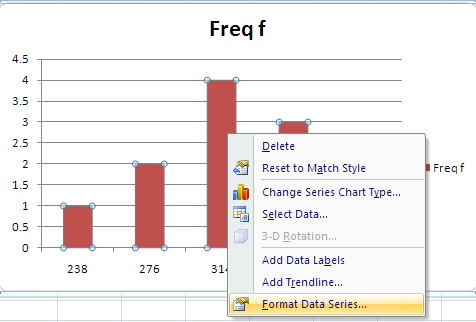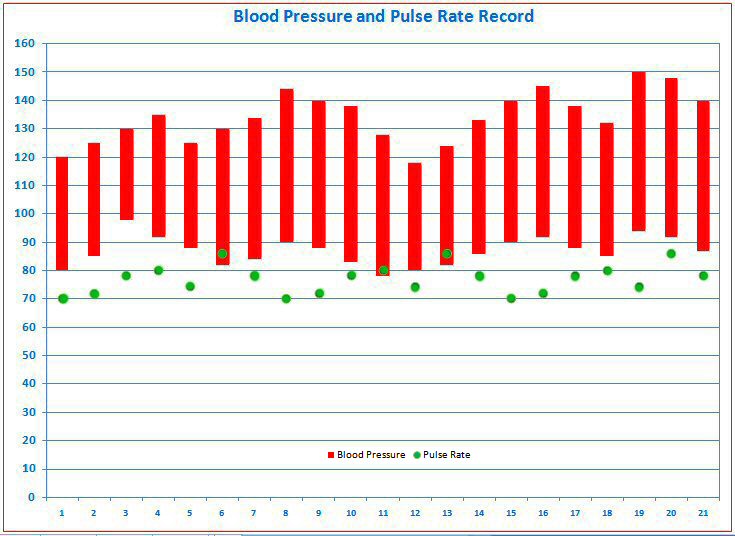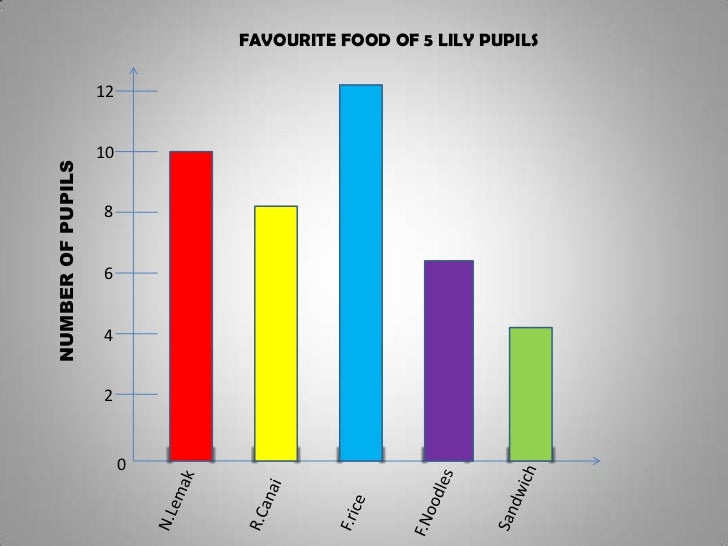

- #OPENOFFICE CALC GRAPH TITLE MAC OS X#
- #OPENOFFICE CALC GRAPH TITLE PDF#
- #OPENOFFICE CALC GRAPH TITLE INSTALL#
You can also choose to display or not display the legend (shown on the right in this graph that says Column B). In Chart Elements, you can put Title and axis labels of the graph. Insert menu for charts The dialogs for Title, Axes, Grids, and Legend are self-explanatory. You can choose to finalize the graph by clicking Finish or choose to modify it by going through Data Range, Data Series, and Chart Elements by clicking Next >. After clicking "OK" you can place the file freely on the page. First select the chart by double-clicking on it. In Scribus, go to File > Import > Get Vector File and select the the PostScript file in the file dialog. Note that under Windows and OS/2 the file may have the extension *.prn, so you have to replace "prn" with "ps" before you can import the file into Scribus.
#OPENOFFICE CALC GRAPH TITLE INSTALL#
On Windows and OS/2 you need to install a PostScript printer driver first.Īfter printing to a file, you should be able to locate the PS file under the name you chose.
#OPENOFFICE CALC GRAPH TITLE MAC OS X#
On Linux, UNIX and Mac OS X you can use a so-called "generic printer" or a PostScript printer out of the box, even if no printer is installed.

one week it may contain 50 rows the next week 125 rows and so on. This source data sheet may change regularly - i.e. After copying and pasting the file into OO.o Draw, go to File > Print and choose "Print to File" in the print dialog. I am looking for a way to create a dynamic chart in Calc, so that it automatically increases or decreases the rows evaluated depending on the number of rows populated in my source data sheet. There is, however a safe workaround, namely printing to a PostScript file.
#OPENOFFICE CALC GRAPH TITLE PDF#
Unfortunately, no matter which export option in Draw you choose, the bitmap doesn't become any better and will appear pixellated in Scribus, a PDF exported from Scribus and, of course, a printout. Data labels Data labels put information about each data point on the chart. The others are a bit more complicated, so we’ll take a look at them here. Insert menu for charts The dialogs for Title, Axes, Grids, and Legend are self-explanatory. It is obvious that the chart itself is a low-resolution bitmap file, whereas the caption to the right consists of vector data, which can be imported crisply into Scribus. First select the chart by double-clicking on it. Below you see a 3D "realistic" pie chart created in OO.o Calc and copied and pasted into OO.o Draw: Parts of the main Calc window When Calc is started, the main window looks similar to Figure 1. Let's have a look at the default quality of a spreadsheet graph in Calc.

Fine for the web or the casual presentation but not even close enough for a print run. Unfortunately, office suites are not programmed with the requirements of professional printing in mind, and as a result, the graphs created by spreadsheet and other components have a low resolution of 72 dpi. You will select all the rows of the name (B) and the revenue (E) column ranging from 1 - 11. As most office suites, Calc provides a wide range of graph charts for the visualisation of data. You will now be plotting your first graph in google spreadsheet.


 0 kommentar(er)
0 kommentar(er)
